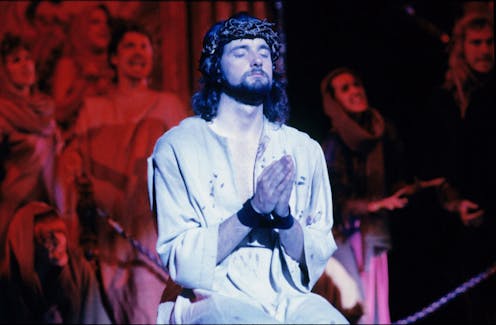

Authors: Jeannie Sellick, Postdoctoral Fellow in Religion, Bowdoin College
Read more


